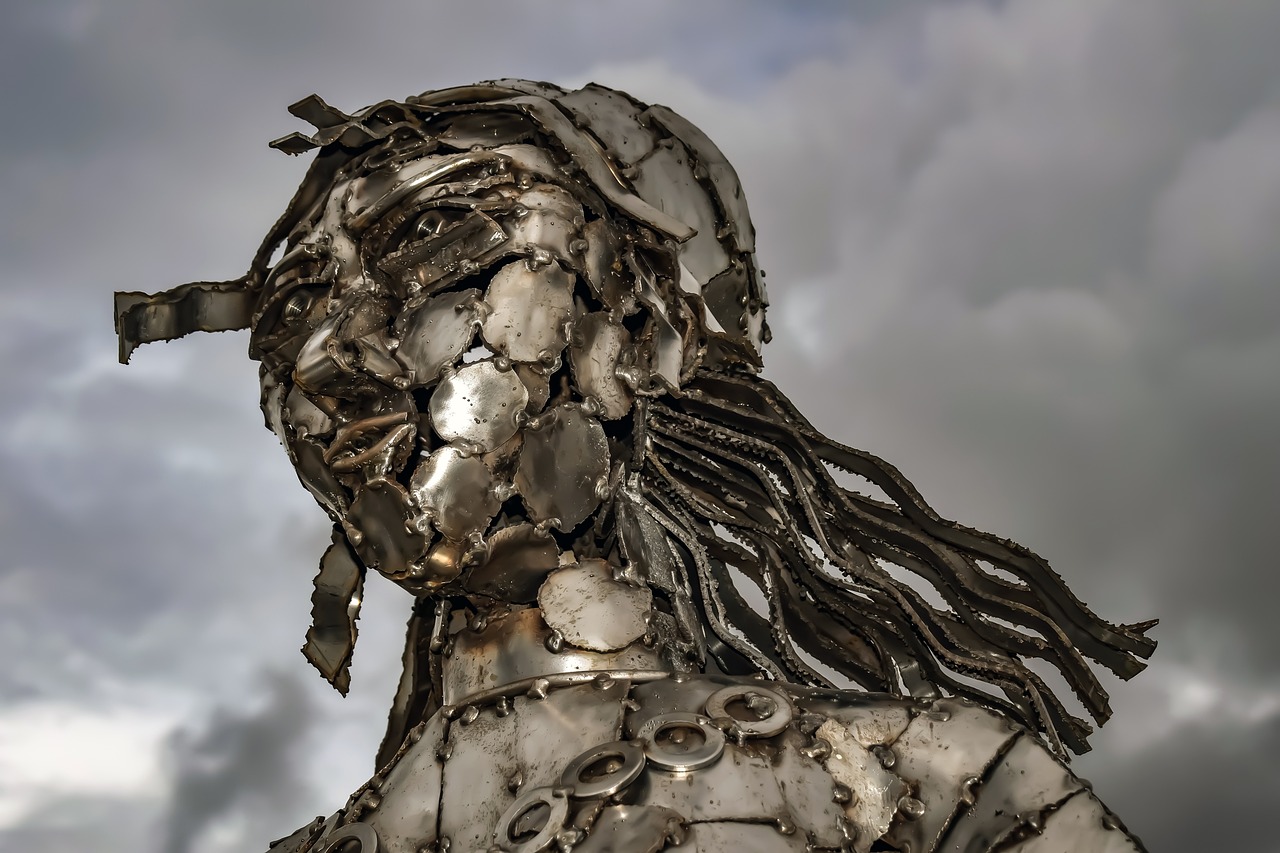Greek mythology represents a vast collection of narratives surrounding the deities, heroes, and rituals that shaped the ancient Greek culture and classical antiquity. While many Greeks, including notable thinkers like Plato in the 5th–4th century BCE, recognized the fictional elements in these tales, the general public tended to accept them as sincere historical accounts. The impact of Greek mythology extends deeply into Western art and literature, enriching countless cultural expressions throughout history. Myths from different cultures serve to explain natural occurrences, celebrate heroic deeds, and legitimize social structures, yet the Greek myths stand out for their imaginative and compelling nature. They have nurtured inspiration across generations, with artists and writers deriving contemporary meaning from classical themes.
Sources of Myths: Literary and Archaeological
Key historical texts, notably the epic works of Homer — the Iliad and the Odyssey — have significantly shaped Greek mythology. Herodotus, an influential historian from the 5th century BCE, noted that Homer and Hesiod were responsible for defining the personalities of the Olympian deities. Classic audiences would have engaged with the characters and plots, with an inherent comprehension of the mythological tales that preceded these epics. There is little evidence that the Greeks consumed these narratives simply for entertainment; rather, important figures like Pindar and later Stoics regarded mythological stories, especially those derived from Homer, with considerable seriousness.
The Works of Hesiod
Hesiod’s Theogony is a primary text that explores the origins of the gods, presenting complex genealogies alongside folktales and myths akin to etiological narratives. His other renowned work, Works and Days, intertwines agricultural advice with themes of justice, addressed in what could be deemed a moral exposition for his possibly fictional sibling, Perses. Scholars often differentiate between the two, with Theogony centered on divine lineage while Works and Days serves a more pragmatic aim. Nevertheless, they can also be interpreted interactively, with each narrative adding depth to the other — the former laying out the gods’ dynamics and the latter offering guiding principles for navigating a perilous life, underlining that justice, while never guaranteed, is a desirable approach.
Other Literary Contributions
In addition to Homer and Hesiod, later epic poets expanded upon earlier accounts of the Trojan War, corroborating and enhancing the stories found in the two Homeric epics. The Homeric Hymns, which are shorter poems celebrating particular deities, supply essential insights into religious myths as well. Lyric poets also contributed their interpretations, with Pindar’s odes standing out for their mythic richness. The tragedies of Aeschylus, Sophocles, and Euripides, all originating from the 5th century BCE, are noteworthy for the diversity of traditions preserved within dramatizations of myth.
Moving into the Hellenistic era (323–30 BCE), Callimachus documented less familiar myths, while Euhemerus postulated that the gods were once human — an idea that birthed the theory of Euhemerism. Scholar Apollonius of Rhodes recorded the well-documented tale of the Argonauts and their quest for the Golden Fleece. During the Roman Empire, several texts emerged, including Strabo’s geographical studies from the 1st century BCE, Pseudo-Apollodorus’s compilation from the 2nd century CE, and the writings of Plutarch and Pausanias, further enriching our understanding of Greek myths.
Archaeological Insights
The discoveries of ancient civilizations, particularly the Mycenaeans by Heinrich Schliemann and the Minoans by Sir Arthur Evans, provided profound insights into the evolution of myth and ritual within the Greek context. These archaeological findings unveiled important details about Minoan culture (circa 2200 to 1450 BCE) and Mycenaean civilization (roughly 1600 to 1200 BCE), leading to a period characterized as the Greek Dark Age until approximately 800 BCE. The artifacts from these eras primarily consisted of monumental remains, as the Linear B script was mainly used for bureaucratic record-keeping rather than storytelling. Pottery designs from the 8th century BCE depicting Trojan war events and Heracles’ adventures, however, illustrate the enduring nature of these tales, despite the challenges in identification due to stylistic abstraction and the absence of direct inscriptions. In the archeological record, scenes from Homeric tales surface alongside shared cultural myths, reflecting the continuity of storytelling through successive Greek historical phases.



